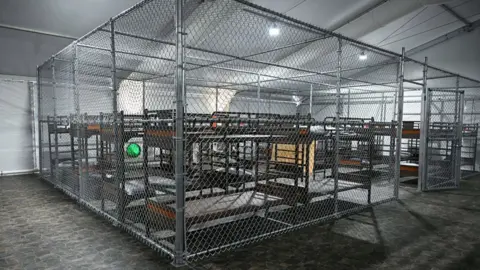The directive outlines that over 68 specific actions related to the approval of wind and solar projects will now require additional oversight. The agency justifies this initiative by asserting a need to eliminate what it describes as “preferential treatment for unreliable, subsidy-dependent wind and solar energy.” Although most renewable projects operate on private lands, many still seek input from the Interior Department to navigate federal regulations and comply with wildlife preservation and environmental standards.
Experts warn that the new bureaucratic layers may create significant bottlenecks in the development of renewable resources, potentially impeding efforts to transition to cleaner energy sources. As the nation seeks to bolster its renewable energy capabilities, the practical implications of this directive remain to be seen as industry leaders prepare to respond to the evolving landscape of federal energy policies.
Experts warn that the new bureaucratic layers may create significant bottlenecks in the development of renewable resources, potentially impeding efforts to transition to cleaner energy sources. As the nation seeks to bolster its renewable energy capabilities, the practical implications of this directive remain to be seen as industry leaders prepare to respond to the evolving landscape of federal energy policies.























